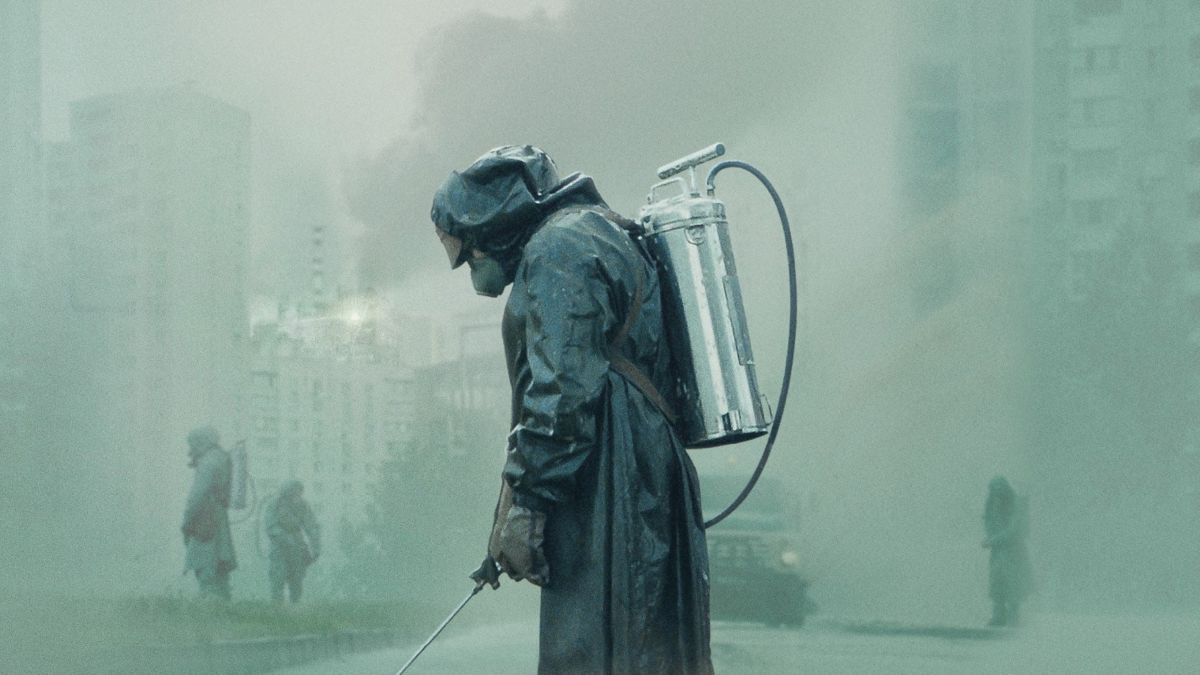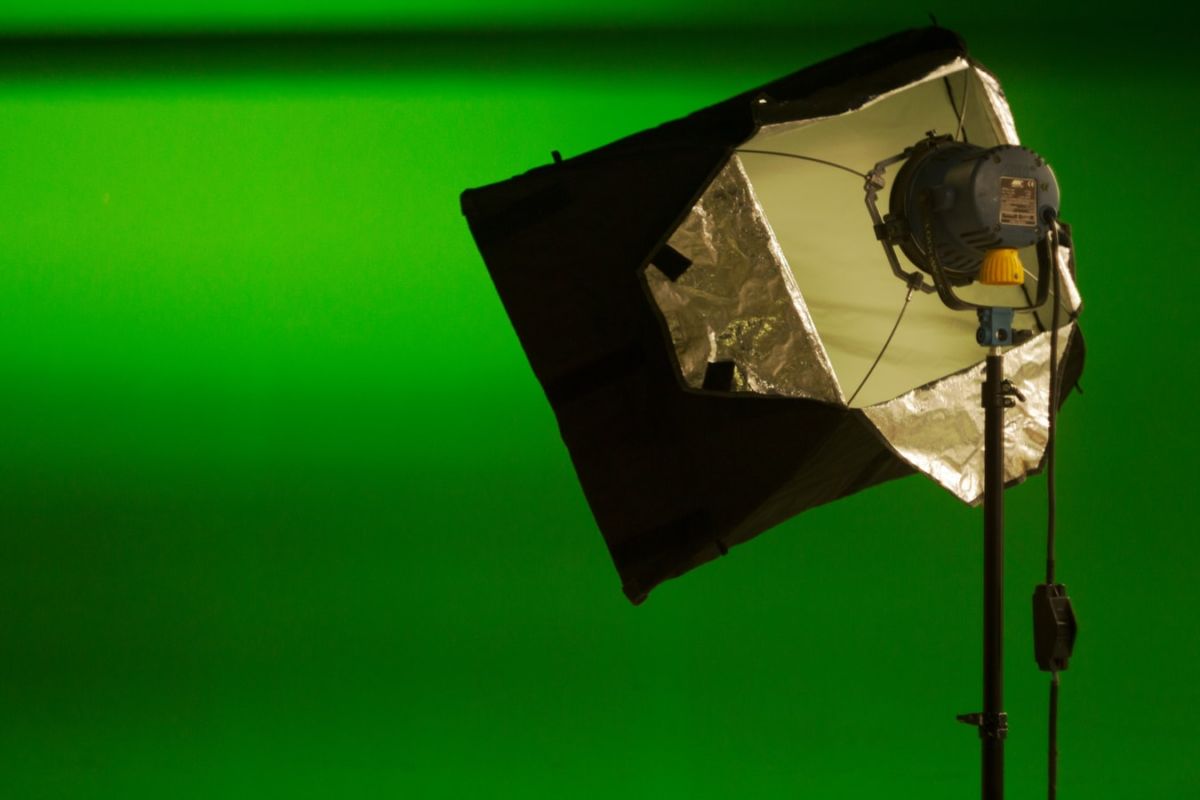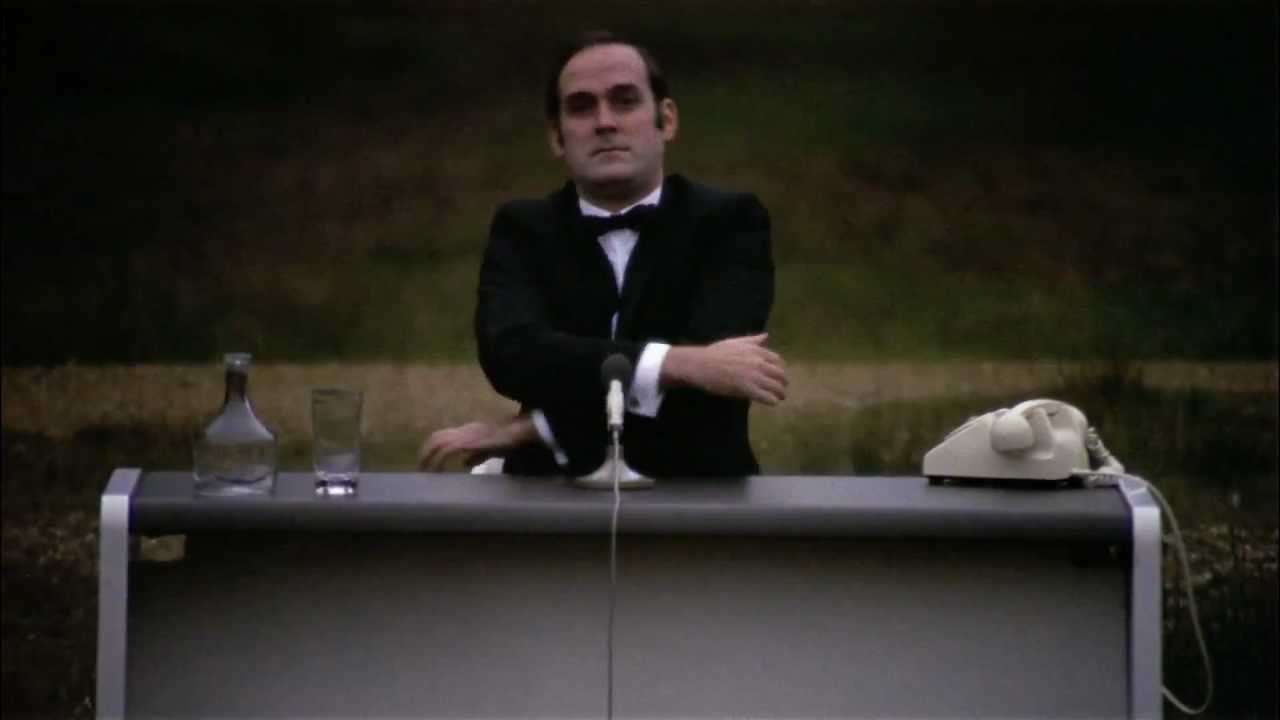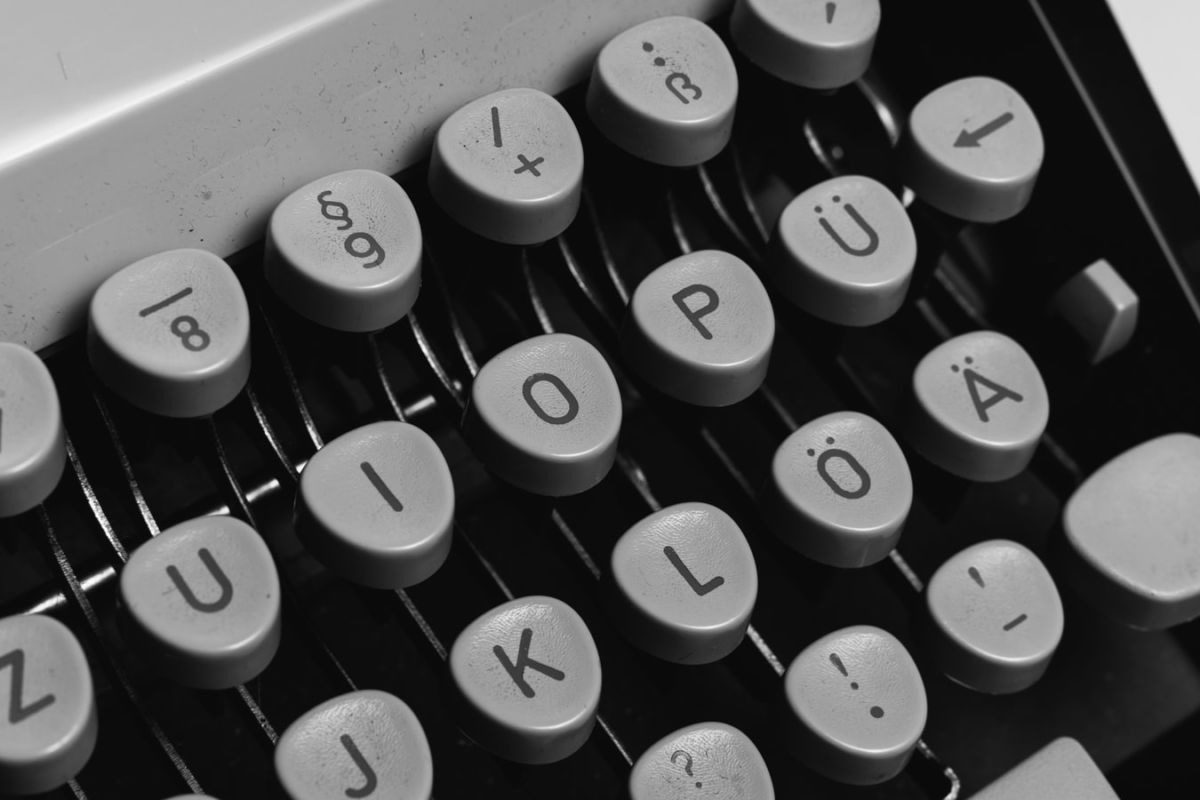Last month, the tough-talking crime-people show The Blacklist, whose filming had been rudely interrupted by a global pandemic, opted to fill in the gaps of the episode it was midway through making with hastily commissioned animated sections. Although the fans were happy about this, the animation itself was criticised as being fairly shaky, reminiscent of video gaming’s early 2000s-era experiments with cel-shaded graphics.
More recently, ongoing soap opera The Bold And The Beautiful found its own novel way for its actors to keep working and cheat death. For the forseeable future, its sex scenes will have the cast acting opposite not their on-screen lovers, but instead blow-up dolls, which according to executive producer Bradley Bell they just had “sitting around”. The dolls, in a series of elaborate wigs, will serve as the cast’s opposites in longer shots, while for more physical close-ups cast members’ own spouses will play the roles, with their faces artfully out of shot.
Exactly how well this approach, all too obviously a workaround for the social distancing guidelines, will play out is anyone’s guess – at least in terms of titillating romantic material. However, as unintentional comedy, it sounds incredibly promising to have the show’s would-be stars gazing deeply into the eyes of a lump of plastic and swearing to love it always and that Brad and/or Debbie was just a mistake.
By now we’ve all seen lesser examples of television having to literally skirt around its stars getting too close to one another – newscasters can just sit further apart, and panel show contestants can call in on Zoom. But The Blacklist and The Bold And The Beautiful have, if nothing else, shown real imaginative flair in finding workarounds for the social distancing rules so that drama productions can continue. So it begs the question – how else might the industry be able to adapt to these changing times, and keep the cameras rolling in complete safety?
Have everyone wear gas masks and Hazmat suits

Pros: Advantageous for productions in which everyone would be wearing gas masks and Hazmat suits, such as disaster films, or documentaries about pandemics.
Cons: Renders the actors’ faces almost invisible, and so makes the attraction of seeing your favourite star basically an academic question.
Thanks to the World Health Organisation’s blind dartboard approach to public statements, there’s a lot of ongoing confusion over whether face-masks help prevent the spread of coronavirus or not – however, nobody, but nobody, is questioning the efficacy of hermetically sealed full-body suits. This could just be the summer’s hot new look.
Subtle changes to the scripts
Pros: Adheres strictly to the letter of the law.
Cons: As with a lot of the Bard’s work, will create the farcical situation where somebody is supposedly whispering at a volume which can be clearly heard from the back of the room.
This is all about weaving social distancing into the way the drama’s put together in such a way that nobody notices, like a hypo slipping into your veins before you’ve even felt the sting of the needle. It’s a simple matter of being creative: scene where two characters argue? Instead of in a close-knit room, they could be having it out from opposite sides of a canal. Steamy love scene? The conventional approach would be to have your couple up close and personal, but you could just as easily have one on a balcony and the other bellowing up to them, like Romeo and Juliet.
Bring back puppetry

This covers quite a cross-section of traditional techniques d’art – everything from sock puppetry to Chinese shadow theatre. While it’s more associated with live performance, there are plenty of onscreen examples, not least the Muppets, but perhaps more distinctively Gerry Anderson’s Supermarionation shows Thunderbirds and Captain Scarlet, as well as Trey Parker and Matt Stone’s profane send-up of the form, Team America: World Police.
Pros: Your onscreen cast are in no physical danger, and as such even the most elaborate stunts, car crashes, and explosions can be performed without fear.
Cons: Nobody’s in any danger of mistaking the puppets for anything other than what they are.
Abuse greenscreen

Pros: For little more than the cost of a roll of green cloth, you can portray your stars doing anything from running with the bulls to swimming with the sharks, albeit not reacting believably.
Cons: The technique is, if anything, a little too widely used. We’ve seen what it’s like when actors are forced to perform opposite a couple of tennis balls – imagine if they were all like that.
Primitive forms of greenscreening date all the way back to the days of silent film. The first recorded use was in the 1903 short The Great Train Robbery, and it was a form that’s been a staple of train scenes ever since – compositing background shots onto the windows to make it look like the train’s really moving. Ever since then, the technique’s only become more popular and more advanced, and for social distancing purposes it’s perfect, allowing editors to patch actors into the same scene without them even being in the same building.
Limit every production to one actor, alone in the studio

Pros: None.
Cons: Many.
This is what you might call the nuclear option – scripts read out verbatim by one person from behind a surgically sterilised desk, completely deadpan. The audience get to use their imagination for a change as our star grinds out phrases like ‘the car chase races through the streets of Tirana’ and ‘they look meaningfully into each other’s eyes while fireworks go off all around them’. Try not to think too hard about how this could just as easily be done on the radio.
Of course, most productions are sticking to more conventional measures than this – it’s already been announced that at least one film will resume shooting next month, while having its cast and crew tested frequently for any trace of coronavirus. That film’s name? Jurassic World 3, latest instalment of the Jurassic Park franchise, which as some wags have already pointed out is about a large corporation ploughing ahead with a potentially dangerous course of action to make a fast buck. How silly do the Hazmat suits and the marionettes seem now, Universal Pictures?
Some of the coverage you find on Cultured Vultures contains affiliate links, which provide us with small commissions based on purchases made from visiting our site. We cover gaming news, movie reviews, wrestling and much more.




